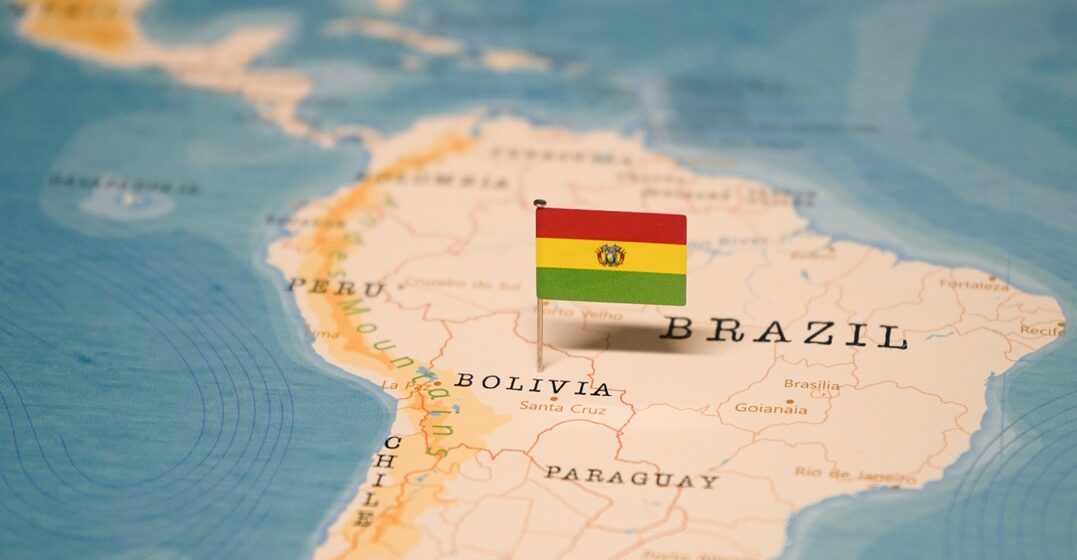Published on March 26, 2024

Bolivian Spanish: Accents, slang, and more

Bolivian Spanish has regional idiosyncrasies that draw from the diversity of indigenous languages spoken across the country. Any Spanish-language learner who visits Bolivia or watches a Bolivian television series will hear very distinct accents, words and expressions. These are unique to Bolivian Spanish and aren’t heard elsewhere across Latin America.
The diversity of Bolivian Spanish is an incredible testament to the diversity of Bolivia, but it can be an additional hurdle for language learners based in the country. Words used to describe clothing and food are some of the most dynamic groups of vocabulary you’ll encounter in Bolivian Spanish. This is true of other Spanish-speaking countries, too, and even native Spanish speakers struggle to adapt to the local vocabulary.
But all languages evolve constantly, and Spanish is no exception. And the unique variations found in Bolivian Spanish help to keep it — and Spanish in general — interesting and nuanced.
You may be surprised to learn just how diverse Bolivia truly is. Bolivia has a 41% indigenous population, based on the country’s 2020 national census. There are 36 indigenous cultures recognized in the country, and a total of 37 official languages spoken. About 84% of the total population speak Spanish, 28% speak Quechua, 18% speak Aymara and 1% speak Guaraní.
These indigenous languages have heavily influenced the Spanish spoken across different regions of Bolivia. Since the fall of the Inca at the hands of Spanish conquistadores in 1533, there has been a continuous exchange between indigenous languages and Spanish in Bolivia. This has led to the diverse and unique Bolivian Spanish that we hear today.
Geography plays a part in Bolivian Spanish, as well. Differences in Bolivian Spanish conform to geographical regions. Not all of Bolivia sits high above sea level in the dizzying heights of the Andes. Quite a lot of Bolivia is tropical. Bolivia is divided in three distinct geographical regions:
The Spanish of the altiplano is influenced by the indigenous language Aymara. Many of the words, pronunciations and ways of speaking Spanish that are used in this region can be traced back to Aymara.
In Bolivia, Spanish is often referred to as castellano, or Castilian. There are three basic types of Bolivian Spanish:
Bolivia’s capital of La Paz is considered to have the most neutral accent. Castellano andino is often the easiest version to understand for Spanish-language learners.
The Spanish spoken on the other side of the country, in the tropical lowlands that border Brazil, bears little resemblance to the Spanish of La Paz. Castellano camba features an aspiracion, or a dropping of the final “s” sound. For example pues will sound like /PWEH/. Castellano camba also features the frequent use of voseo, or the use of vos as the formal form of “you” rather than tú. Vos is used in general across Bolivia, but the frequency of its use changes from region to region.
In Bolivia’s south, the Spanish is more sing-songy or melodic. This is castellano chapaco. Historically, the Spanish that arrived in the south of Bolivia came from the Córdoba area of Spain. It has a distinctive accent with Iberian roots, but without the ceceo (pronunciation of the hard “c”).
Words in Bolivian Spanish that come from Aymara are known as “Aymarismos.” There are plenty of such words used in daily Bolivian life. Let’s take a look at some Bolivian slang, words and other colloquialisms that are influenced by indigenous languages of the country.
After a longer jog than usual, we’ve all complained about a little macurca, right?
Bolivian Spanish is unique. It’s influenced by the diversity of both the geography and population of the country. Sometimes the differences between various types of Spanish from around the world can be frustrating, but it can always teach us something interesting. Understanding the different characteristics of various types of Spanish is both a necessary skill for Spanish-language learners and a topic that will keep you learning forever. If you ask us, learning regional Spanish is the furthest thing from a ker la gallina.